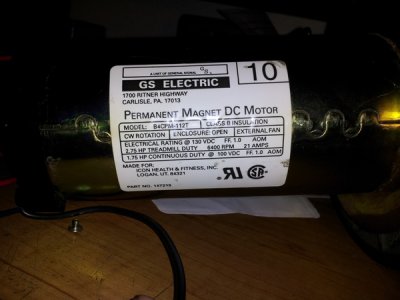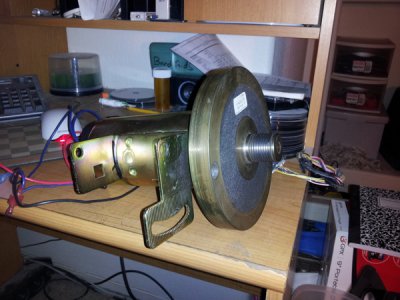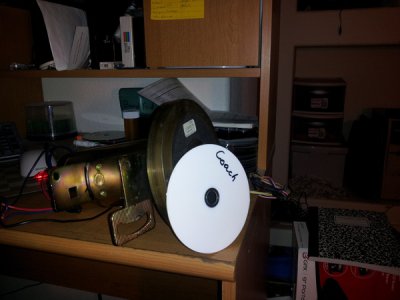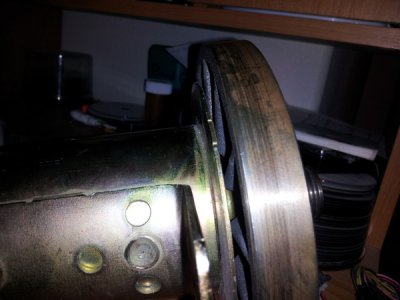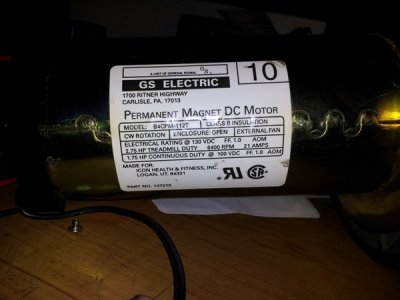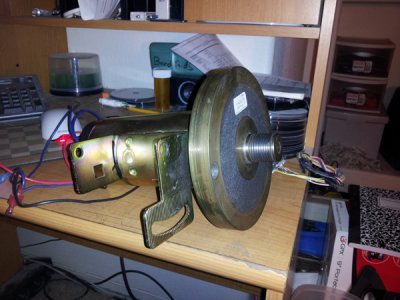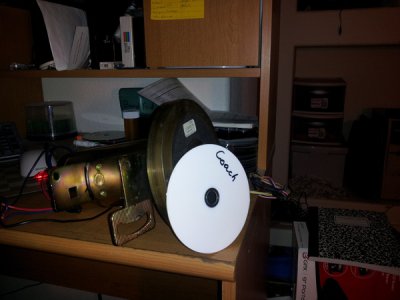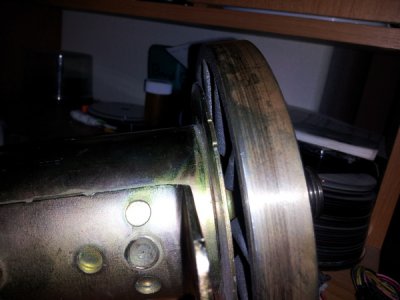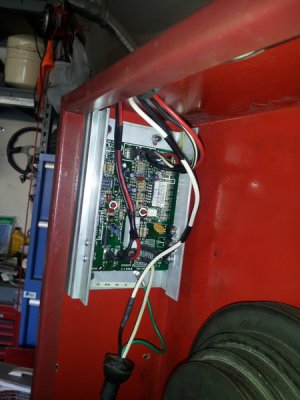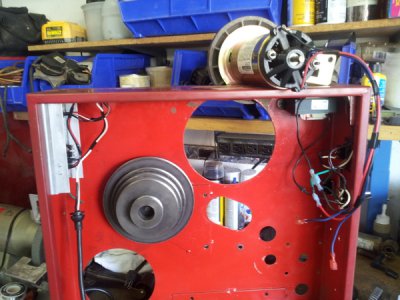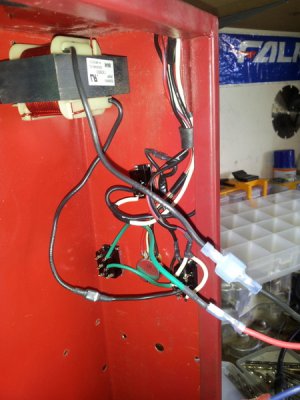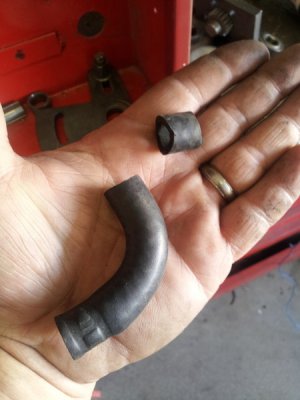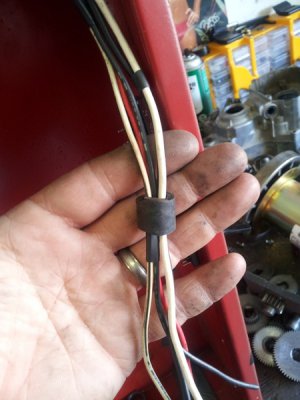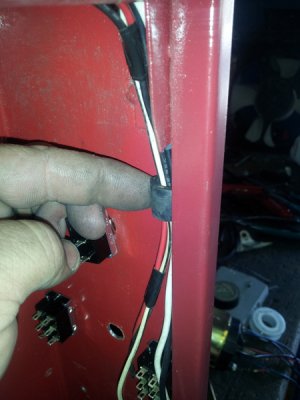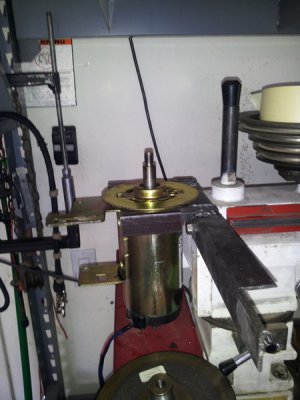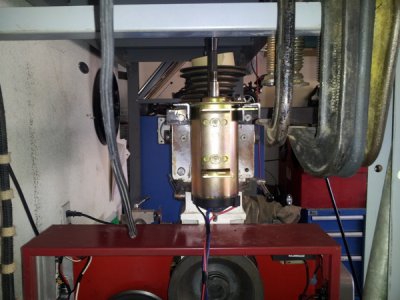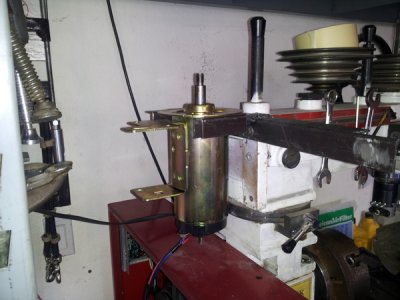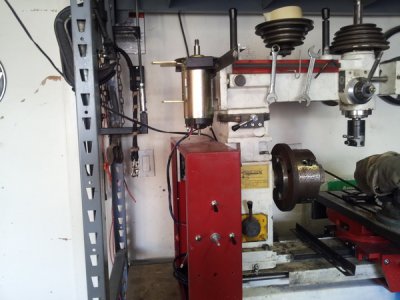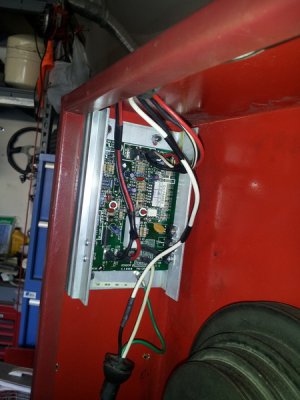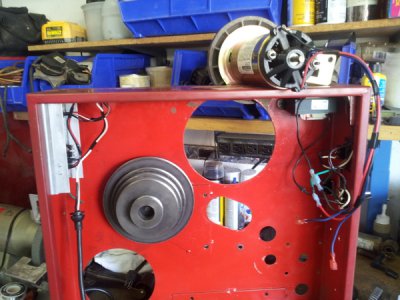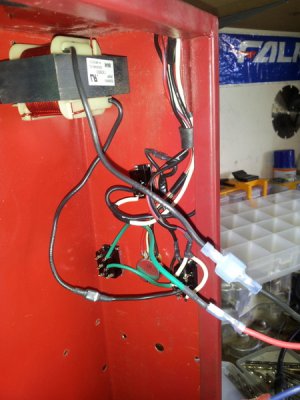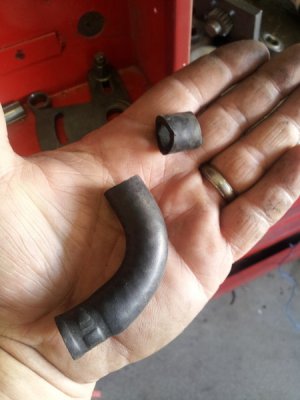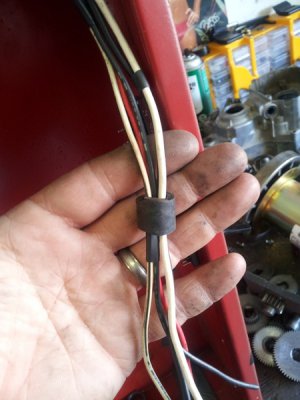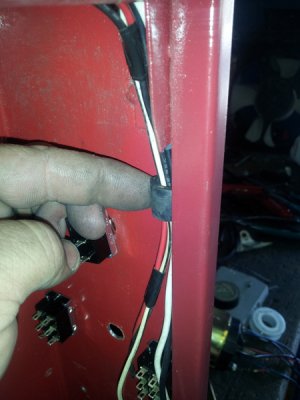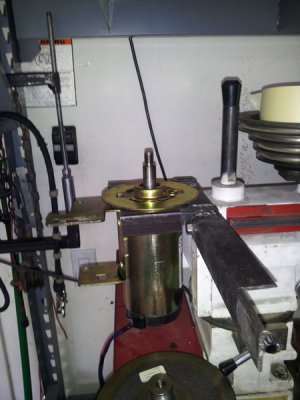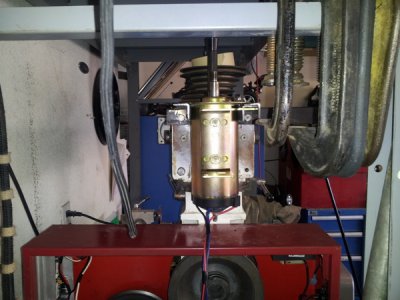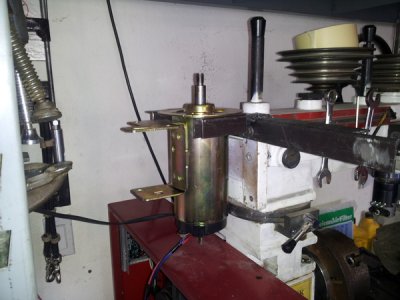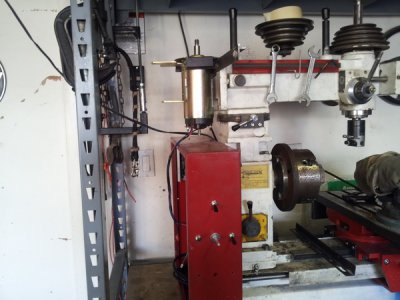Been a while sense the last post. Things are starting to come together on my mill but had a quick question to ask.
I am in the process of setting up a DC motor on my mill that I got from a tread mill and was curious... Should I keep the flywheel on the motor and make a new intermediate pully setup to help with extra torque or should I remove it and run just the motor and make a new pully to go straight to the mill head?
What would you do?
I am in the process of setting up a DC motor on my mill that I got from a tread mill and was curious... Should I keep the flywheel on the motor and make a new intermediate pully setup to help with extra torque or should I remove it and run just the motor and make a new pully to go straight to the mill head?
What would you do?


